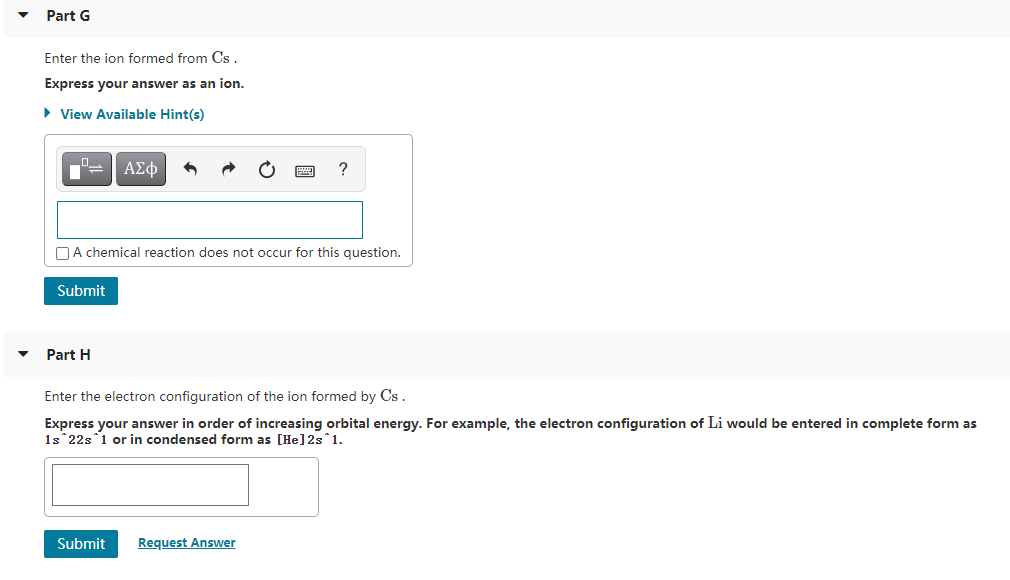What Is True When An Ion Is Formed - Web cations and anions combine to form ionic compounds. Ionic compounds are named with the cation first and the anion last. Web an atom that has gained or lost one or more electrons is called an ion. An ion always has a charge that is positive (+) or. Web ionic solids are also poor conductors of electricity for the same reason—the strength of ionic bonds prevents ions from moving. Web ions form when atoms gain or lose electrons. Since electrons are negatively charged, an atom that loses one or more electrons will.
Web an atom that has gained or lost one or more electrons is called an ion. Ionic compounds are named with the cation first and the anion last. Web ionic solids are also poor conductors of electricity for the same reason—the strength of ionic bonds prevents ions from moving. Web cations and anions combine to form ionic compounds. An ion always has a charge that is positive (+) or. Web ions form when atoms gain or lose electrons. Since electrons are negatively charged, an atom that loses one or more electrons will.









